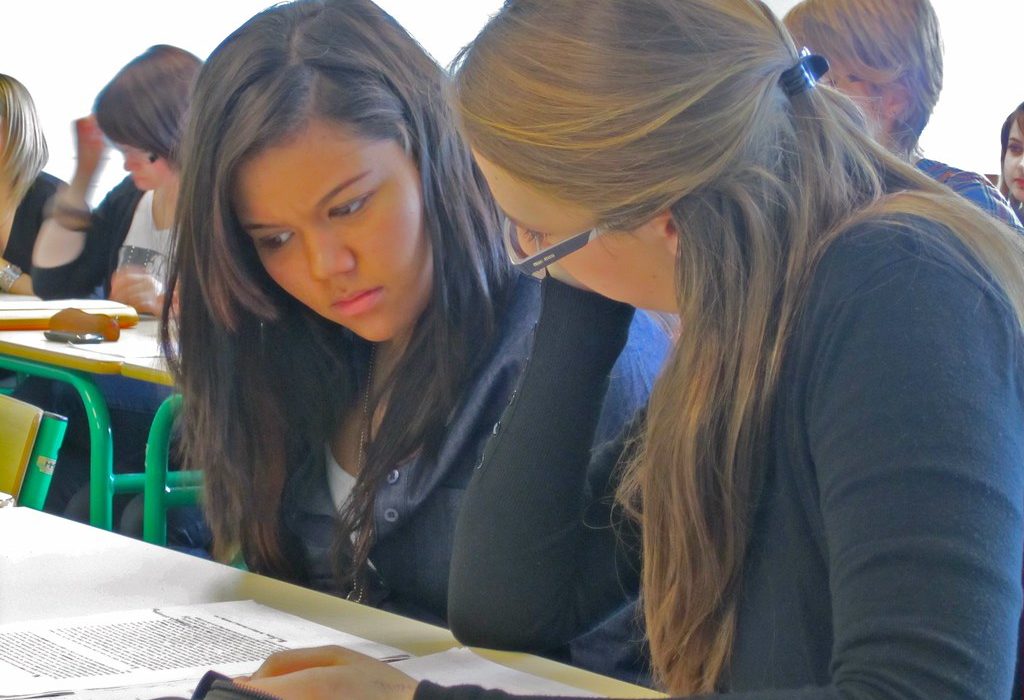HSIP Class of 2021 Pilot Project: Despite challenges, 92 HPS grads helped
To address the added challenges of reaching Hartford Public Schools seniors who were learning remotely, members of the ALL IN! coalition joined together last winter to try to help 347 seniors who were thought, at the time, to be without post-secondary plans. A year later, we can report on what happened to the seniors from nine high schools served by the program that officially ended in June 2021 but continued for many until Jan. 31.
The HSIP Class of 2021 program began in the middle of February 2021, and high school staff identified the seniors in need of post-secondary planning. With oversight from Connecticut Workforce Partners, two community-based organizations – Center for Latino Progress and Blue Hills Civic Association – worked to reach out to the students (by any means necessary) and engage them with the pilot post-secondary planning program. After two months of street outreach, the nonprofits’ staff worked on mentoring, planning and skill-building.
From July through mid-September, the mentoring and skill-building continued for those seniors choosing to enroll in Summer Youth Employment, with community partners working with high school graduates to help place them in their chosen career, college or training pathway by late summer. This involved helping the recent graduates overcome any barriers, including loss of a parent or guardian, homelessness or other financial hardship.
Out of the 347 students identified, 92 students, (26%,) participated in the program. This fall, partners reached back out to students to make sure they made it through their fall placement, and, in some cases, started their placement. In total, they were able to reconnect with 62 recent graduates experiencing the following factors as the top obstacles to success:
- Managing their finances.
- English language skills.
- Jobs with too few hours and the need to find more paid hours or work.
- Jobs with too many hours that made it difficult to balance school and family.
- Lack of role models or motivation.
- Lack of post-secondary options awareness and how to transition to college, apprenticeships, etc.
- Lack of knowledge and understanding of the college financial aid process once in college.
When we look at these 62 students as a snapshot, we find the following outcomes:
- 16 students attending 4-year college.
- 20 students attending 2-year college.
- 4 students enrolled in a job training program.
- 1 student in the military.
- 21 students in a job that offered meaningful advancement.
Incredibly, for about $3,750 per student, community partners helped these students enroll in college or start the path to a career with a livable wage because of the consistent and tenacious support of staff who either knew the students already or got to know them. Many of these students are now on a trajectory to get out of poverty, where the difference between a career earning $12 an hour and $17 an hour for 92 students is the equivalent of $956,800 more income annually.
As the HSIP Class of 2021 project wound down on Jan. 31, and a new Class of 2022 project was being designed, the partners concluded the following regarding any future work with this population:
- Developing longer-term relationships is the key to helping these students make progress, because once a student is disconnected, it is almost impossible to reconnect.
- Programmatic continuity is a necessity to get stronger return on investment, because when a nonprofit must shift focus away from current students and toward wherever new funding suggests, impact at the level we all want to see is simply not possible.
- This work cannot be cookie-cutter; it must be differentiated to suit the needs of each student, and providers must be able to deliver an array of services to address unique needs.
- Staff who are connected to the community they serve are key to bypassing the layers of trust barriers that exist when serving these students and their families.
- Having a broad network of community referral partners allows students to get exposed to all that is out there and to stay supported by community resources after a program ends.
- The 1:1 time that these students get is where real progress gets made in addressing challenges, crafting genuine post-secondary plans, and getting all the way to placement.
“What we heard loud and clear from the partners,” says Paul Diego Holzer, executive director of Achieve Hartford, “is that this work is very high-touch, and even though it came so late in senior year, referring to it as low-touch doesn’t do it justice.”

